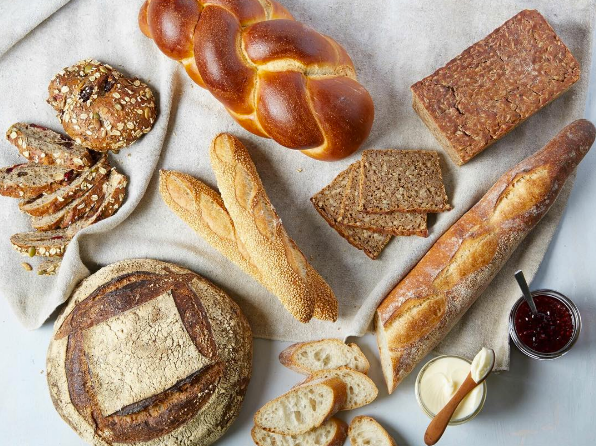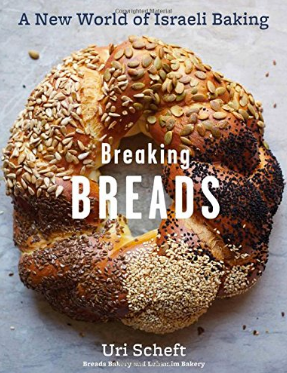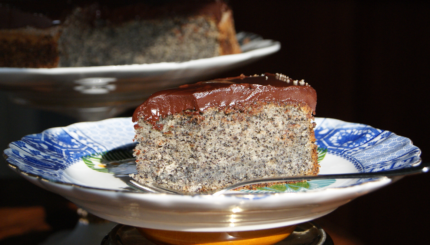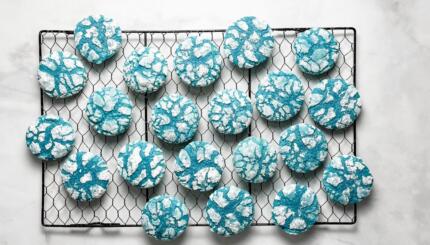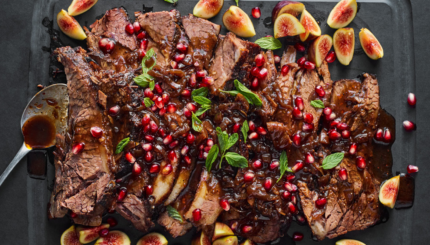When baker Uri Scheft opened Breads Bakery in Union Square in 2013, he forever changed the way New Yorkers would think of babka. By making babka dough with laminated dough (the kind that croissants are made of), Scheft created a richer, flakier babka that New Yorkers just can’t get enough of (just see #breadsbakery photos for proof!). With his forthcoming cookbook, Breaking Breads, Scheft brings our attention to not just babka, but also challah, brioche, and countless other Middle Eastern, North African, Eastern European, Scandanavian, Israeli breads and pastries.
Before opening Breads Bakery in New York, Scheft was already becoming known for changing the baking landscape in Israel. In 2003, he opened Lehamim Bakery (lehamim means “breads” in Hebrew) in Tel Aviv, where he focused on, in his own words, “the diaspora of breads and traditions that I cared most about: breads like challah and focaccia, Danish dark rye and naturally leavened European sourdough.” With Lehamim, Scheft, who grew up in Israel and Denmark, built a place where he could draw from the traditions and flavors of his background and the flavors of Israel. To him, innovation and cross-pollination of baking techniques and flavors were keys to moving his craft forward.
WATCH: How to Braid Challah With Help from Breads Bakery
His challahs and babkas look delicious and fanciful, but they’re not beyond reach. Scheft demystifies the work of yeast, mixing, kneading, rising, and proofing, and reminds us gently that “there is no reason to allow baking to intimidate you, no reason to not make bread because you don’t have a mixer or the right pan or a fancy oven. Bread is infinitely forgiving and versatile.”
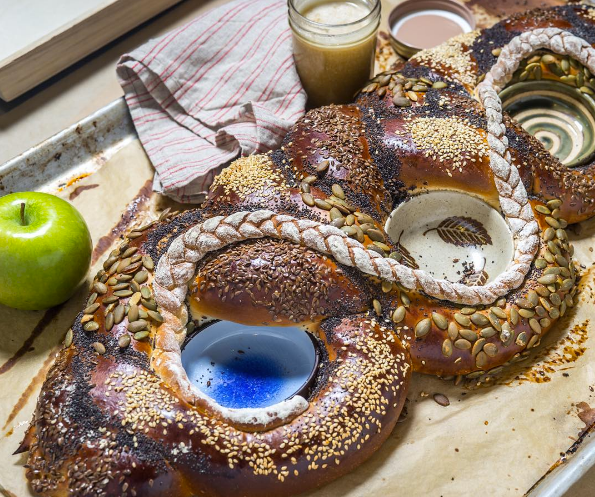
That’s exactly the kind of enthusiasm we received upon visiting Breads Bakery in 2015, when we filmed a video with the experts about how to bake challah. The bakery team shared how to braid basic challah, and how to weave it into a festive loaf by baking small bowls that hold salt or honey into the center of the loaf for dipping. In his cookbook, Scheft explains that he first saw this concept in ancient Roman art and texts.
If you find yourself wondering, “What exactly is Israeli cuisine?” this is exactly the book for you. With a passion for discovering new breads and reinvigorating old traditions, Scheft really gets to the heart of what makes Israel’s culture so dynamic. “Israelis have a deep-rooted hunger for exploration and discovery,” writes Scheft, and what better way to experience that than through food!
The Nosher celebrates the traditions and recipes that have brought Jews together for centuries. Donate today to keep The Nosher's stories and recipes accessible to all.
challah
Pronounced: KHAH-luh, Origin: Hebrew, ceremonial bread eaten on Shabbat and Jewish holidays.
